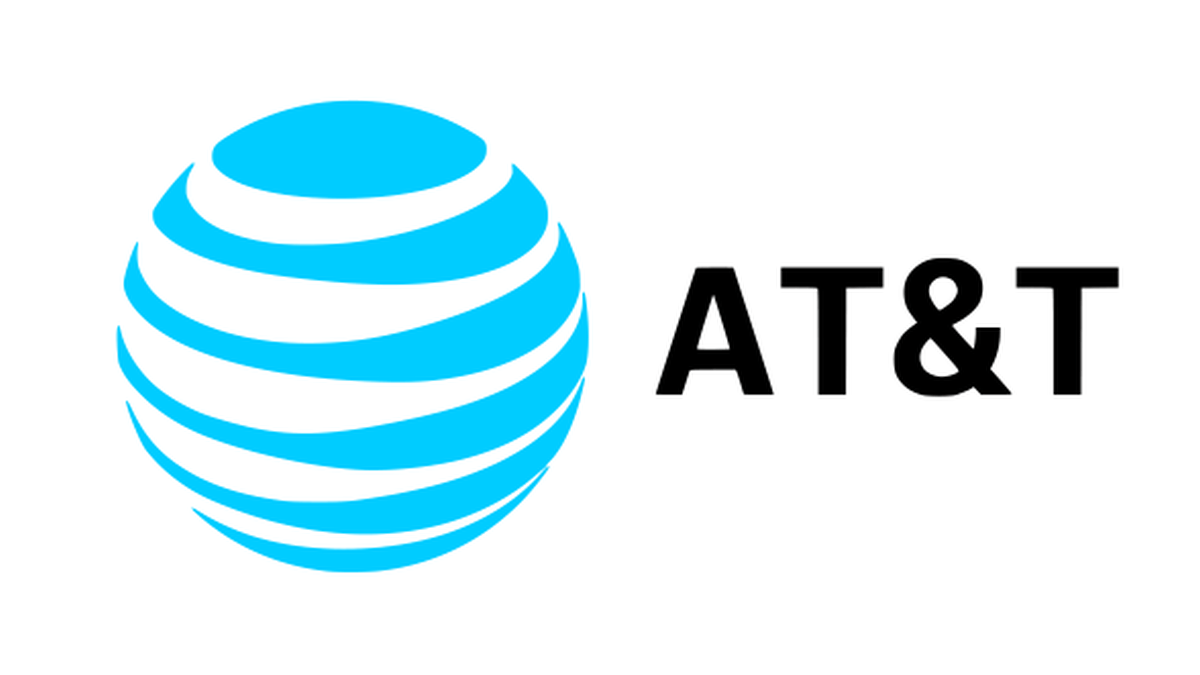
In a déjà-vu nightmare, US phone giant AT&T has notified customers that cybercriminals managed to download phone call and text message records of “nearly all of AT&T cellular customers from May 1, 2022 to October 31, 2022 as well as on January 2, 2023”.
In a filing with the Securities and Exchange Commission (SEC), AT&T said:
“On April 19, 2024, AT&T Inc. (“AT&T”) learned that a threat actor claimed to have unlawfully accessed and copied AT&T call logs.”
AT&T says the customer data was illegally downloaded from its workspace on a third-party cloud platform. This might be related to the Snowflake incidents we have seen several of by now.
In the statement, AT&T specifies which data it believes was stolen:
“The call and text records identify the phone numbers with which an AT&T number interacted during this period, including AT&T landline (home phone) customers. It also included counts of those calls or texts and total call durations for specific days or months.”
And which data is unlikely to be included:
“The downloaded data doesn’t include the content of any calls or texts. It doesn’t have the time stamps for the calls or texts. It also doesn’t have any details such as Social Security numbers, dates of birth, or other personally identifiable information.”
Even though the data doesn’t include customer names, there are many easy ways to find the name that’s associated with a phone number.
This is the second time AT&T has disclosed a security incident this year. Back in March, AT&T confirmed that 73 million people had been affected in a breach that people had been speculating about for some time.
Protecting yourself after a data breach
There are some actions you can take if you are, or suspect you may have been, the victim of a data breach.
- Check the vendor’s advice. Every breach is different, so check with the vendor to find out what’s happened, and follow any specific advice they offer.
- Change your password. You can make a stolen password useless to thieves by changing it. Choose a strong password that you don’t use for anything else. Better yet, let a password manager choose one for you.
- Enable two-factor authentication (2FA). If you can, use a FIDO2-compliant hardware key, laptop or phone as your second factor. Some forms of two-factor authentication (2FA) can be phished just as easily as a password. 2FA that relies on a FIDO2 device can’t be phished.
- Watch out for fake vendors. The thieves may contact you posing as the vendor. Check the vendor website to see if they are contacting victims, and verify the identity of anyone who contacts you using a different communication channel.
- Take your time. Phishing attacks often impersonate people or brands you know, and use themes that require urgent attention, such as missed deliveries, account suspensions, and security alerts.
- Consider not storing your card details. It’s definitely more convenient to get sites to remember your card details for you, but we highly recommend not storing that information on websites.
- Set up identity monitoring. Identity monitoring alerts you if your personal information is found being traded illegally online, and helps you recover after.
Malwarebytes has a free tool for you to check how much of your personal data has been exposed online. Submit your email address (it’s best to give the one you most frequently use) to our free Digital Footprint scan and we’ll give you a report and recommendations.
Summer mega sale
Go into your vacation knowing you’re much more secure: This summer you can get a huge 50% off a Malwarebytes Standard subscription or Malwarebytes Identity bundle. Run, don’t walk!
